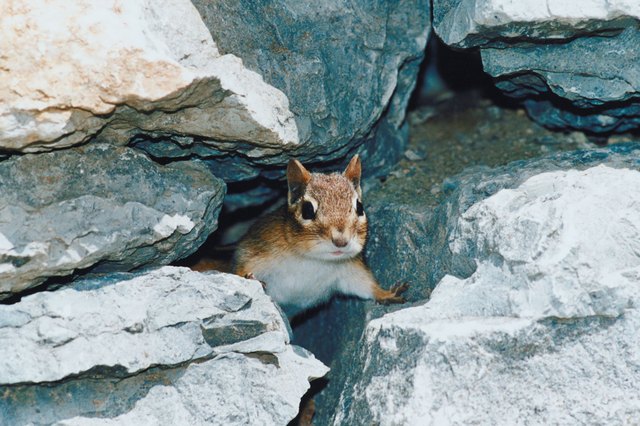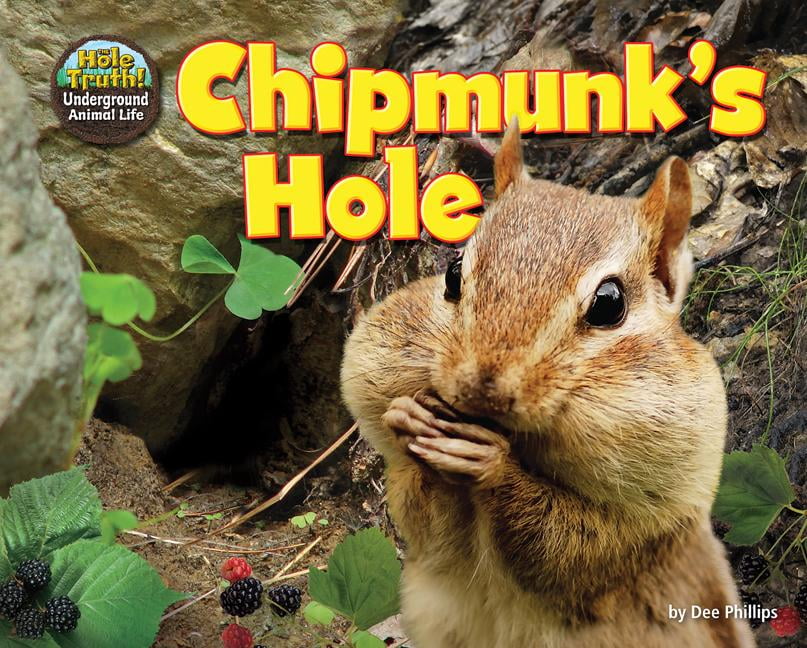
When handling the trap, you should be able to open the door without getting too close to the cage. To make sure the chipmunk can’t return to your property, you’ll need to relocate it at least five miles from your property, if legal.Īfter the chipmunk is trapped, you can cover the cage with a blanket to help the chipmunk calm down and prevent it from reaching through openings. Relocate the chipmunk as soon as you can once it’s trapped. If you set live traps on your property, make sure you check them often. In these cases, you can remove the chipmunks from one area but they must be released on another area of your property. Some states have laws stating that wildlife cannot be relocated from your property. In some areas, it’s perfectly legal to trap and release chipmunks away from your property as long as you are allowed to release them in the new area. Catch and Release Chipmunksīefore trapping and releasing chipmunks, make sure you check if it’s legal to catch and relocate wildlife in your state and county. They’re only effective for removing the chipmunks you have now. Trapping won’t deter chipmunks from bothering your garden or digging in your lawn.
Chipmunk holes free#
You can then relocate the chipmunk and set it free unharmed. When the chipmunk steps on the platform inside the trap to take the bait, the spring will activate to close the doors. The best bait to use for chipmunks? Peanut butter or sunflower seeds. Use a humane live trap for chipmunks with doors that close via a spring on a baited platform. If you decide you want to live trap chipmunks to get them out from under a shed or deck - or to relocate them off your property completely - just make sure you do it the right way. There are definitely concerns with using live traps for chipmunks which are explained in greater detail below. Related Article: 12 Best Squirrel Proof Bird Feeders Their fur-lined pouched cheeks seem to create a barrier that prevents the hot pepper from burning. These work against squirrels and raccoons who are after birdseed but don’t affect birds at all. You can also skip the hot pepper products. While it’s true squirrels won’t eat safflower seeds because they taste bitter, chipmunks like them just fine. Place the baffle 5 feet above the ground to prevent chipmunks from jumping over it.ĭon’t bother replacing sunflower seeds in your feeder with safflower seeds in an attempt to deter chipmunks. Next, use a wrap-around bird feeder baffle that prevents chipmunks from climbing the pole and accessing the bird feeder. Don’t hang bird feeders from a tree unless you’re willing to go to great lengths to protect it.

Make sure you hang bird feeders from a free-standing, smooth pole far from anything the chipmunks can climb and use to jump to the feeder. Moving your bird feeders is a great idea if they’re too close to the house but you should also invest in chipmunk- and squirrel-proofing your bird feeders. The chipmunks will be attracted to the spilled birdseed that hits the ground but at least they won’t be close enough to investigate your garden.

You can also sweep around the bird feeder now and then if it’s located next to pavement or pavers. It’s a good idea to move the bird feeders at least 15 feet away from your house and garden. A very simple but effective way to prevent chipmunks from around the yard is getting rid of the bird feeders or simply moving them. Want chipmunks around your house? Set up a bird feeder stocked with their favorite food: seeds and nuts. Here are the Best Ways to Get Rid of Chipmunks Seal Areas Under the Deck, Porch, and Shed Spray Plants with a Natural Chipmunk Repellent Here are the Best Ways to Get Rid of Chipmunks.Here’s everything you need to know about getting rid of chipmunks before they cause more extensive damage to your beautiful landscaping.
Chipmunk holes how to#
Here’s how to get rid of chipmunks and enjoy a property free of holes and burrows. Still, getting rid of chipmunks that have become a problem is possible to prevent damage to your lawn and garden. You will probably always have some amount of chipmunks around your home unless you make it completely inhospitable and uninteresting to them which means no plants and wide, open space with no cover. You can use a combination of non-lethal and lethal traps like electronic traps to catch them as they come out of the burrow before sealing them.Ĭhipmunks are notoriously difficult to get rid of. Want to know how to get rid of chipmunks? Start by reducing their food supply like birdseed and remove as much continuous cover as you can. They’ll eat your plants, steal your vegetables, and even dig up plants to get at the bulbs - tossing out young plants as trash. They can build extensive burrows under your flower beds and grass, potentially damaging structure and walkways.

No matter how cute they may be, chipmunks can cause serious damage when they run amok in your yard and garden.


 0 kommentar(er)
0 kommentar(er)
